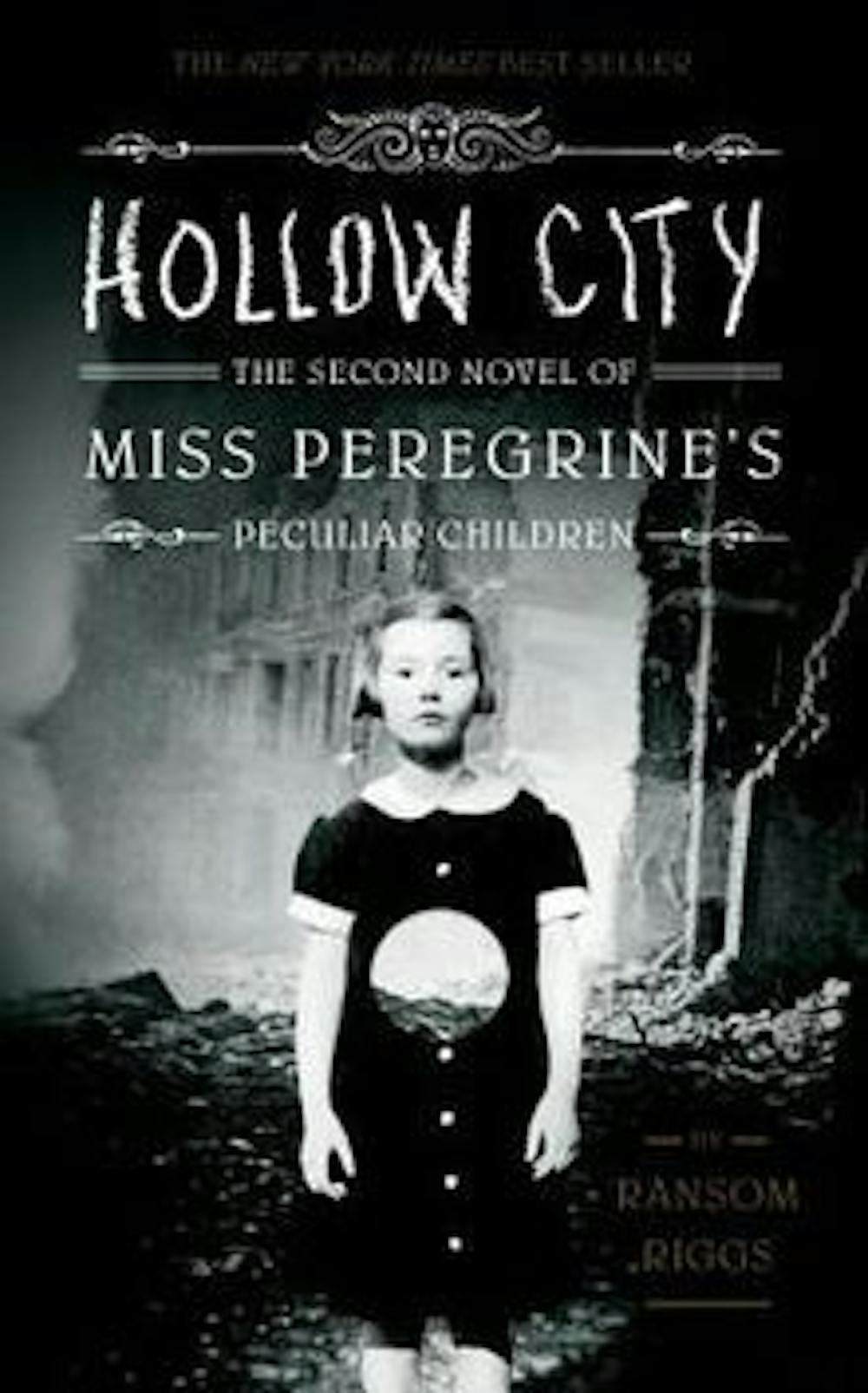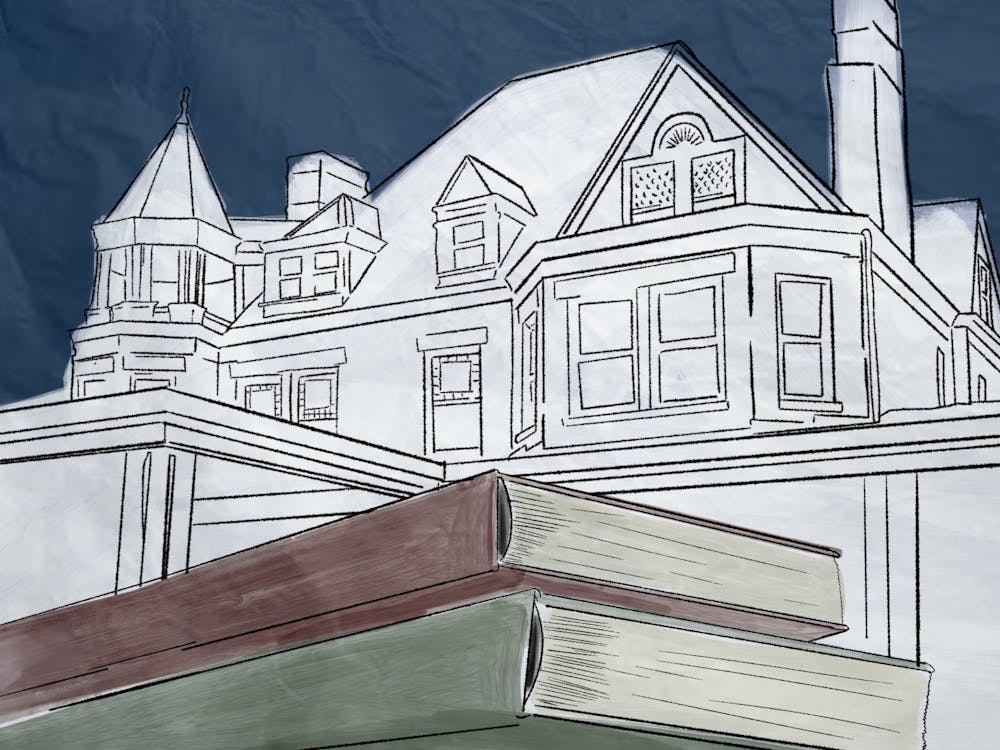“Hollow City,” the second novel in Ransom Riggs’ best selling series, “Miss Peregrine’s Home for Peculiar Children,” continues to please its readers as well as those jumping into its universe for the first time. The novel picks up immediately where its predecessor leaves off, just as the eponymous children begin their quest to heal their recently recovered mentor. While the story is a direct continuation of its parent novel, those who have not read the first book will still be able to enjoy it without feeling lost.
The sequel drastically improves on flaws from the first book. The latter frequently presented older characters in a childlike manner, indicating teenages are not capable of handling difficult situations. In “Hollow City,” however, characters are developed well and each of their actions and subsequent choices are easily understood.
The plot of the second book is well paced. The children embark on a journey, leaving the only home they have ever known to search for the last free person capable of healing their beloved headmistress. There are not times in which a scene on this trip feels like filler, and every description is just long enough to promote excitement about what will happen next. While the story is a bit predictable at times, it is never annoyingly so.
The story concludes with a cliffhanger that is not only surprising, but fantastic in its buildup and execution. One area in which the novel leaves something to be desired is its utilization of antique photos, a unique attribute of the first novel in the series. While this photographic element is still present in “Hollow City,” it is not as seamlessly intertwined with the story as it was in the first novel. The pictures are presented after Riggs’ description of a scene, but are not part of the sequel’s story. Even with this drawback, the combination of character development, story and pacing in “Hollow Pacing” is enough to create a compelling picture.





